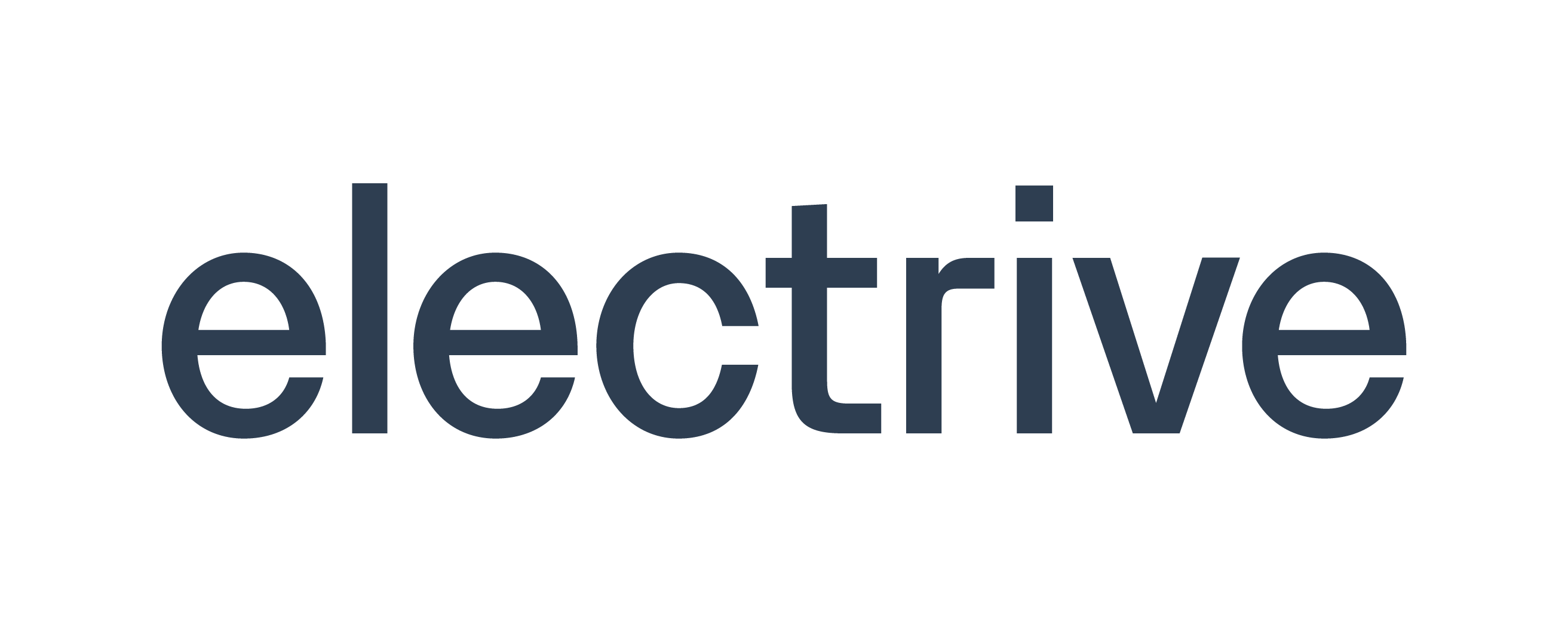The growth of fuel-cell electric vehicles (FCEVs) in the light-vehicle segment has been gaining momentum in recent years, driven by increasing concerns about energy sustainability. However, FCEVs remain a niche segment, and their widespread adoption hinges on the development of robust refueling infrastructure and the availability of funding to support it.
While many initiatives aim to boost FCEV adoption, most focus on commercial and heavy-duty vehicles, where FCEVs are better suited for long hauls compared to battery-electric vehicles (BEVs). In the light-vehicle segment, the lack of hydrogen fueling stations is a significant barrier to widespread adoption. Building a comprehensive network of stations requires substantial investment. Moreover, FCEVs are currently more expensive than BEVs, mainly due to the high cost of fuel cells.
Continuity in funding and incentives programs from governments will be crucial for addressing these obstacles. Across the world, various governments, consortiums and associations have rolled out funding opportunities, grants and projects to bolster hydrogen mobility and related infrastructure. This article summarizes some the key funding programs announced by the US, EU and mainland China.
1. The US
The US government has launched several initiatives and announced significant funding to promote the adoption of clean hydrogen across various sectors, including mobility and transportation.
Incentives under the Inflation Reduction Act (IRA)
Under the IRA, there are many provisions for incentives and tax credits pertaining to the hydrogen value chain. Some of the most relevant to FCEVs and related infrastructure are mentioned below.
- Clean Vehicle Credit: It provides $7,500 as tax credit for purchasing FCEVs and has a retail price cap/limit of $55,000 for new cars and $80,000 for pickups, vans and sport utility vehicles (SUVs). Additionally, the credit is reduced or eliminated based on the degree of FCEVs and related components localization.
- Advanced Energy Project Credit: It provides 30% investment tax credit for manufacturing projects related to hydrogen infrastructure, FCEVs, electrolyzers, etc.
- Qualified Commercial Clean Vehicles Credit: It will provide 30% tax credit for commercial FCEVs till 2032, and the credit amount is capped at $40,000.
Apart from the aforementioned incentives, there are other credits such as the clean hydrogen production tax credit and the alternative refueling property credit that provides incentives across various stages of the hydrogen value chain, from production to end use.
Joint Office of Energy and Transportation’s $1.3 billion funding
In May, the Joint Office of Energy and Transportation opened applications for $1.3 billion funding opportunity for electric vehicle charging and alternative fueling infrastructure, including hydrogen fueling infrastructure, along major highways and roadways. The application deadline for this funding opportunity has been set for Aug. 28. This funding is part of the Bipartisan Infrastructure Law’s (BIL) Charging and Fueling Infrastructure (CFI) Discretionary Grant Program and the National Electric Vehicle Infrastructure (NEVI) Formula Program. The CFI Discretionary Grant Program, established under BIL, is a competitive grant for deploying public EV charging stations and alternative fuel (hydrogen, propane and natural gas) fueling infrastructure along Alternative Fuel Corridors or other public sites.
DOE’s $750 million funding
On March 13, the US Energy Department (DOE) announced $750 million in funding for 52 projects across 24 states, under the BIL, to lower the cost of clean hydrogen. The projects selected deal with various technologies related to electrolysis, manufacturing and recycling of clean hydrogen components and system. For projects related to Advanced Manufacturing of Fuel Cell Assemblies and Stacks, a total funding of $150 million has been awarded to five projects from five companies — Ballard, General Motors, Nuvera, Plug Power and Bosch. For the development of the fuel-cell supply chain, a funding of $82 million has been granted to 10 different projects from various companies, including Bosch and Ballard.
Ballard received a $30 million grant to set up advanced proton exchange membrane (PEM) membrane electrode assembly (MEAs) and an automated stack assembly, and a $10 million grant to establish a flexible graphite bipolar plate manufacturing line. General Motors will get a $30 million grant to expand its fuel-cell production capacity and demonstration of fuel cells for heavy-duty vehicles.
Federal Highway Administration’s $623 million grant
In January, the Federal Highway Administration announced a total $623 million grants to build charging network and alternative fuel infrastructure. To establishing hydrogen refueling stations (HRS), the following institutions have received grants.
- North Central Texas Council of Governments: $70 million to build five HRS with capability to refuel medium and heavy commercial vehicles (MHCVs) between Southern California and Texas.
- California State University Los Angeles: $7 million to convert the Cal State LA Hydrogen Research and Fueling Facility into high-capacity, multimodal HRS capable of fueling light-duty vehicles and MHCVs.
- Victor Valley Transit Authority: $12 million to build one HRS with capability to fuel light-duty vehicles and MHCVs, and six DC fast-charging stations.
- Colorado State University: $8.9 million to build three HRS in its campuses located in Fort Collins, Denver and Pueblo along the Interstate 25. The HRS must be capable of fueling light-duty vehicles and MHCVs.
2. Europe
Europe has also launched numerous initiatives focused on usage of hydrogen as the fuel of choice in mobility.
IPCEI projects related to hydrogen: An Important Project of Common European Interest (IPCEI) supports strategic European goals such as growth, employment, and the competitiveness of the EU industry and economy, funded through state aid. Some of the IPCEI projects related to hydrogen are:
- IPCEI Hy2Move: The project, approved in May, comprises 13 projects from 11 companies across 7 member states including Estonia, France, Germany, Italy, the Netherlands, Slovakia and Spain. The project will receive €1.4 billion in funding from member states, which is anticipated to leverage an additional €3.3 billion in private investments. It focuses on end-user applications in the mobility domain such as mobility and transport applications, fuel-cell technology, hydrogen onboard storage solutions and hydrogen production technologies. These projects also involve collaborations with one associated partner and numerous indirect partners such as academia, research organizations, etc.
- IPCEI Hy2Infra: The project, approved in February, comprises 33 projects from 32 companies across 7 member states — France, Germany, Italy, the Netherlands, Poland, Portugal and Slovakia. It will receive €6.9 billion in funding from member states, which is anticipated to leverage an additional €5.4 billion in private investments. It focuses on hydrogen infrastructure. Projects included are focused on the development of hydrogen infrastructure such as electrolyzer deployment, hydrogen transmission and distribution pipelines expansion, hydrogen storage facilities and liquid organic hydrogen carriers.
- IPCEI Hy2Tech: The project was approved in July 2022 and comprises 41 clean hydrogen initiatives from 35 companies across 15 member states. It received €5.4 billion in funding from member states, which is anticipated to leverage an additional €8.8 billion in private investments. The included projects focus on technologies related to hydrogen generation, fuel cell, storage, transportation and distribution, and end-user applications.
Funding for hydrogen refueling stations
In addition to the above projects, there are many grants for setting up HRS. In April, the European Commission announced a funding of €424 million for 42 projects for the development of alternative fuels infrastructure. Out of this total funding, close to €115 million will be given for deploying 43 new HRS across the EU. Similarly, the Ministry of Economic Affairs, Industry, Climate Protection and Energy of the North Rhine-Westphalia (NRW) government, Germany, has awarded a total funding of €20 million (about $22 million) to build HRS for fueling of trucks. Companies that receive this funding will have to contribute 30% of capital costs. Air Liquide is one of the companies that received funding from the NRW government to build two high-capacity, low-carbon HRS with capability to fuel MHCVs in Duisburg and Meckenheim, Germany.
3. Mainland China
The mainland Chinese government, both at the national and regional or provincial (local) level, has launched multiple initiatives to bolster the adoption of FCEVs and related infrastructure. According to mainland China's national hydrogen development plan released in March 2022, the country aims to deploy 50,000 FCEVs and produce 100,000 to 200,000 metric tons of green hydrogen per annum by 2025.
In May 2024, the Guangzhou Municipal Development and Reform Commission released “Several Measures to Accelerate the High-quality Development of the Hydrogen Energy Industry" document to solicit public opinion on it. Various subsidies proposed by it in context of FCEVs and HRS are:
- For construction of HRS: Multifuel (including hydrogen) refueling stations, which are planned and constructed anytime between 2021 and 2025, a subsidy of 1 million yuan (about $0.14 million) per station will be provided, and for stationary HRS, a subsidy of 0.5 million yuan per station will be provided. Also, a station should not get more than 5 million yuan in total subsidies, and the subsidy amount should not be more than 50% of the fixed asset investment of hydrogen refueling stations.
- For operation of HRS: HRS that are connected to the national and provincial fuel-cell vehicle demonstration platforms will receive financial rewards based on their hydrogen prices. If the terminal price of hydrogen is less than 30 yuan/kg by the end of 2024, less than 28 yuan/kg by the end of 2025, and less than 26 yuan/kg by the end of 2026, the municipal finance will provide a reward of 5 yuan/kg for the actual sales volume of hydrogen. The annual subsidy for each station will be capped at 1.5 million yuan.
- For FCEVs: FCEVs that are connected to the national and provincial information platforms will receive annual subsidies based on their type and mileage:
- Light vehicles (total mass under 4.5 metric tons): 0.5 yuan/km, up to 20,000 yuan per year.
- Medium-sized vehicles (4.5 to 12 metric tons): 1.0 yuan/km, up to 40,000 yuan per year.
- Heavy-duty vehicles (12 metric tons or more): 2.5 yuan/km, up to 100,000 yuan per year.
The total annual subsidy for all vehicles combined is capped at 500 million yuan, with the subsidy rate adjusted yearly based on the number of claims and remaining funds.
Recently, the Department of Transport, Development and Reform Commission, and Department of Science and Technology of Shandong Province in mainland China, announced a two-year trial exemption of expressway tolls for hydrogen-powered vehicles equipped with Electronic Toll Collection (ETC) devices, effective from March 1, 2024. Based on its outcomes, the policy will be reviewed and adjusted.
In June 2023, the mainland Chinese government announced a tax break package of $72.3 billion for new-energy vehicles (NEVs) for a period of four years. NEVs include both EVs and FCEVs. The country has announced a “Notice on Issuing the 2024 Energy Conservation and Emission Reduction Subsidy Fund Budget in Advance” that includes a total fund of 1.142 billion yuan meant for demonstration of FCEVs in various provinces in the country.
The road ahead
The growth of FCEVs in the light-vehicle segment faces many challenges currently, and volumes are expected to remain quite low in the foreseeable future compared to other alternative powertrain technologies. Based on S&P Global Mobility forecast, the demand of FCEVs in light-vehicle segment is expected to increase from 14,107 units in 2024 to reach 0.52 million units in 2036, at a compound annual growth rate (CAGR) of 35%. In the MHCV segment, the demand of FCEVs is expected to increase from 10,598 units in 2024 to reach 0.15 million units in 2036, at a CAGR of 25%.
Throughout this decade, we expect the demand of FCEVs in both the light vehicle and MHCV segments to be limited. Government incentives, private investment, research and development funding, and public-private partnerships is required to drive the development and adoption of FCEVs. As the hydrogen infrastructure expands and costs decrease, FCEVs could become a significant segment in the transition to a sustainable transportation sector.
 Author:
Author:
Priyanka Mohapatra, Senior Research Analyst, S&P Global Mobility
For more information about S&P AutoTechInsight, please click here




















